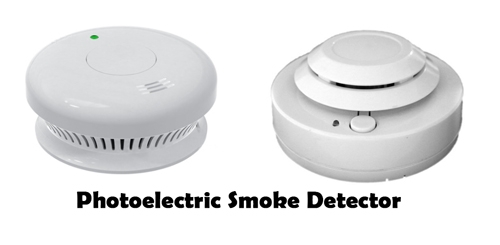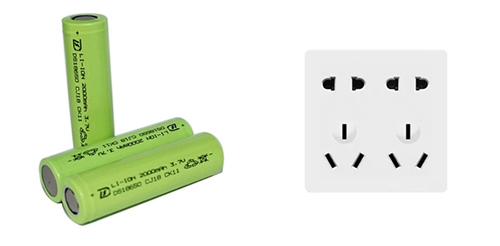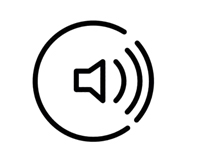Smoke alarms are a common home safety device that can detect smoke in a room and sound an alarm in time, alerting residents to take appropriate countermeasures at an early stage to avoid misfortunes and property damage caused by fire. However, simply buying and installing a smoke alarm is not enough; proper testing is also an important step in ensuring that it functions well. So, how do you properly test the functionality of a smoke alarm? The following will give you more details.
Firstly, understand the types of smoke alarms. Smoke alarms are mainly divided into two types: ionic and photoelectric. Ionic smoke alarms use a radioactive substance to detect smoke particles in the air, and when smoke enters the interior of the alarm, the electrical signal of the radioactive substance will be affected, triggering an alarm. Photoelectric smoke alarms, on the other hand, use optical sensing technology, and when smoke enters the interior of the alarm, the optical sensor is blocked, triggering the alarm. Therefore, you need to know the type of smoke alarm being used when testing.

Next, test the smoke alarm according to its instruction manual. Every smoke alarm should come with an instruction manual that contains detailed steps and precautions for testing. It is important to read and understand these instructions carefully before testing so that improper operation does not result in false or missed alarms.
When conducting the test, first confirm that the smoke alarm is powered properly. Most smoke alarms are battery-powered, so you need to make sure that the batteries have been installed in the correct location and have sufficient charge. If the smoke alarm is connected to the home's electrical system, you need to make sure that the power is turned on properly.

Next, trigger the smoke alarm for testing. For ionic smoke alarms, a special test spray can be used and sprayed into the air intake of the smoke alarm, which will simulate a real smoke situation and verify that the alarm is working properly. For photoelectric smoke alarms, substances such as dust or cotton can be used to block the optical sensor and trigger the alarm. During the testing process, safety precautions should be taken to try not to inhale the spray or dust directly.
During the testing process, it is necessary to observe whether the smoke alarm is able to sound the alarm in time and whether the volume is loud enough to attract the attention of the residents. If the sound of the alarm is too low or muffled, it may reduce the actual effectiveness of the smoke alarm in a fire event.

In addition, smoke alarms should be checked and maintained regularly. A smoke alarm is a piece of equipment that is used over a long period of time and should be inspected and maintained regularly to ensure that it functions properly. Firstly, check if there is any dust accumulated in the smoke alarm and remove the dust in time. Secondly, check if the batteries are properly charged and if they are low, they should be replaced with new batteries in a timely manner. Smoke alarms should also be checked for any other damage or malfunctioning conditions, and if any problems are found, a professional should be contacted in time for repair or replacement.
Finally, in addition to testing and maintaining your smoke alarms on a regular basis, you should also conduct fire escape drills with your family. A fire is an emergency situation, and the safety of family members can only be ensured with the proper response. When conducting fire escape drills, family members should familiarise themselves with the sound of the smoke alarm and the flashing light instructions on how to properly escape and contact the fire department.
In conclusion, properly testing the functionality of smoke alarms is an important part of ensuring the safety of your family. By understanding the types of smoke alarms, testing them according to the instructions, keeping them working properly and conducting fire escape drills with your family, you can greatly improve your ability to respond to a fire incident and protect your family's lives and property.

